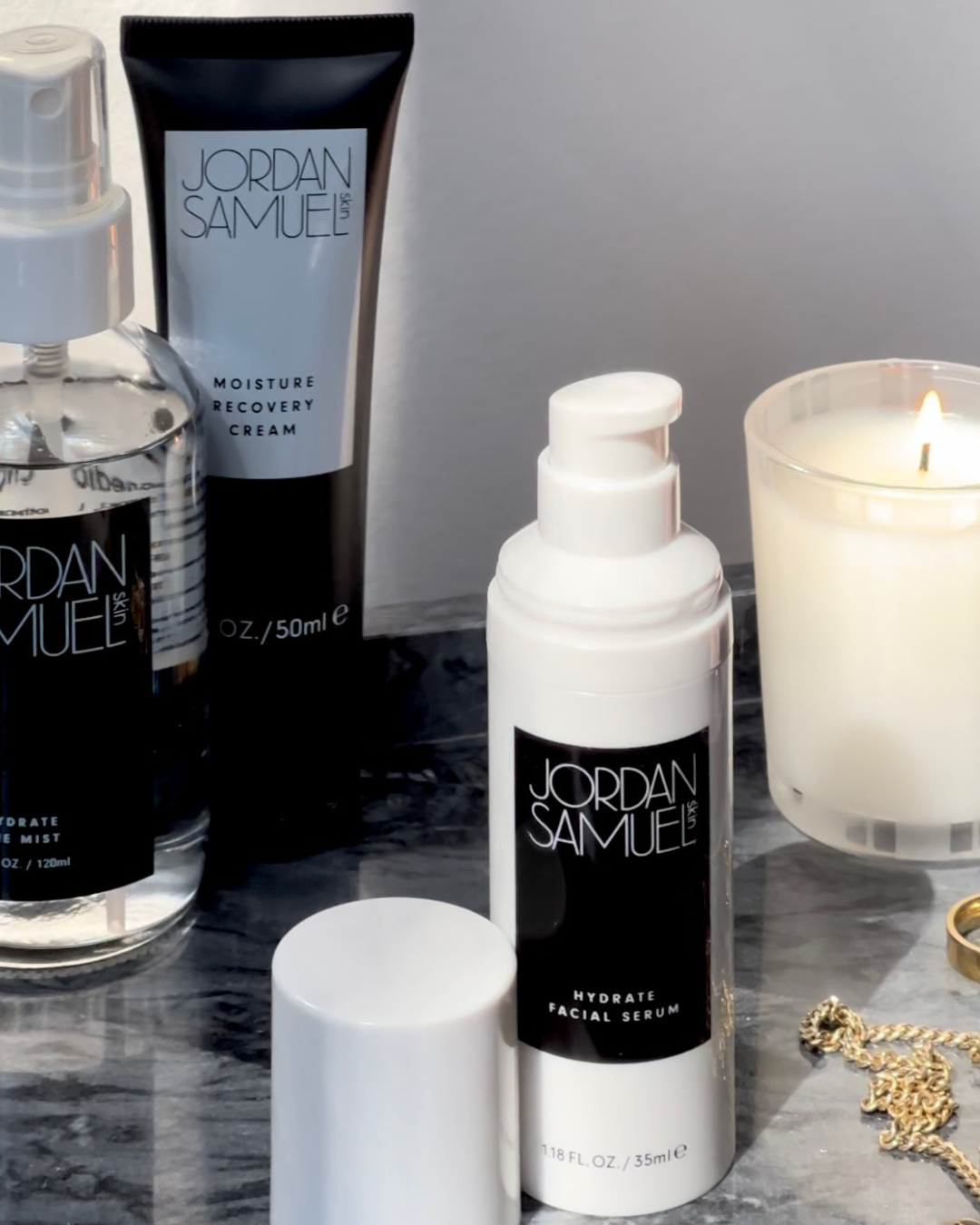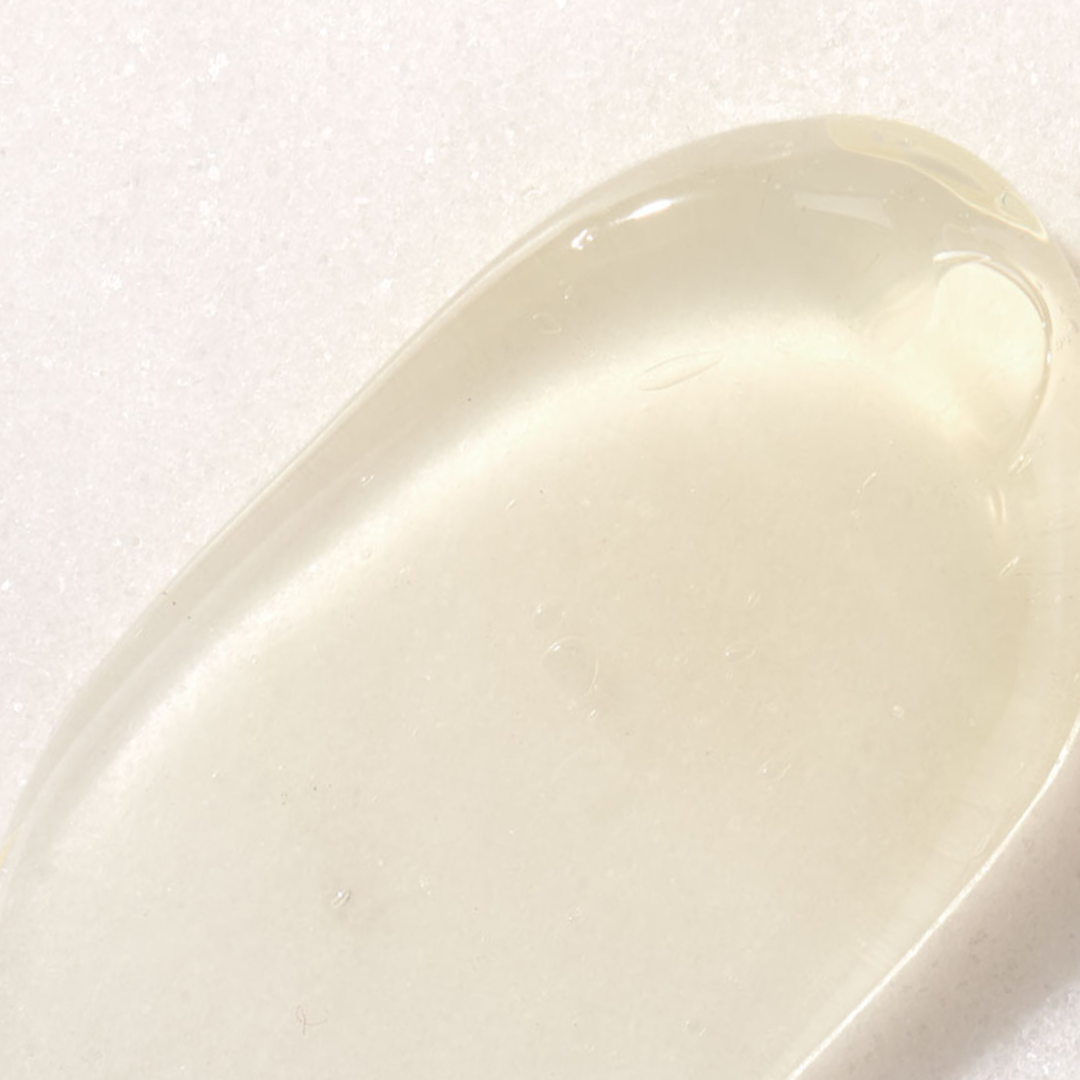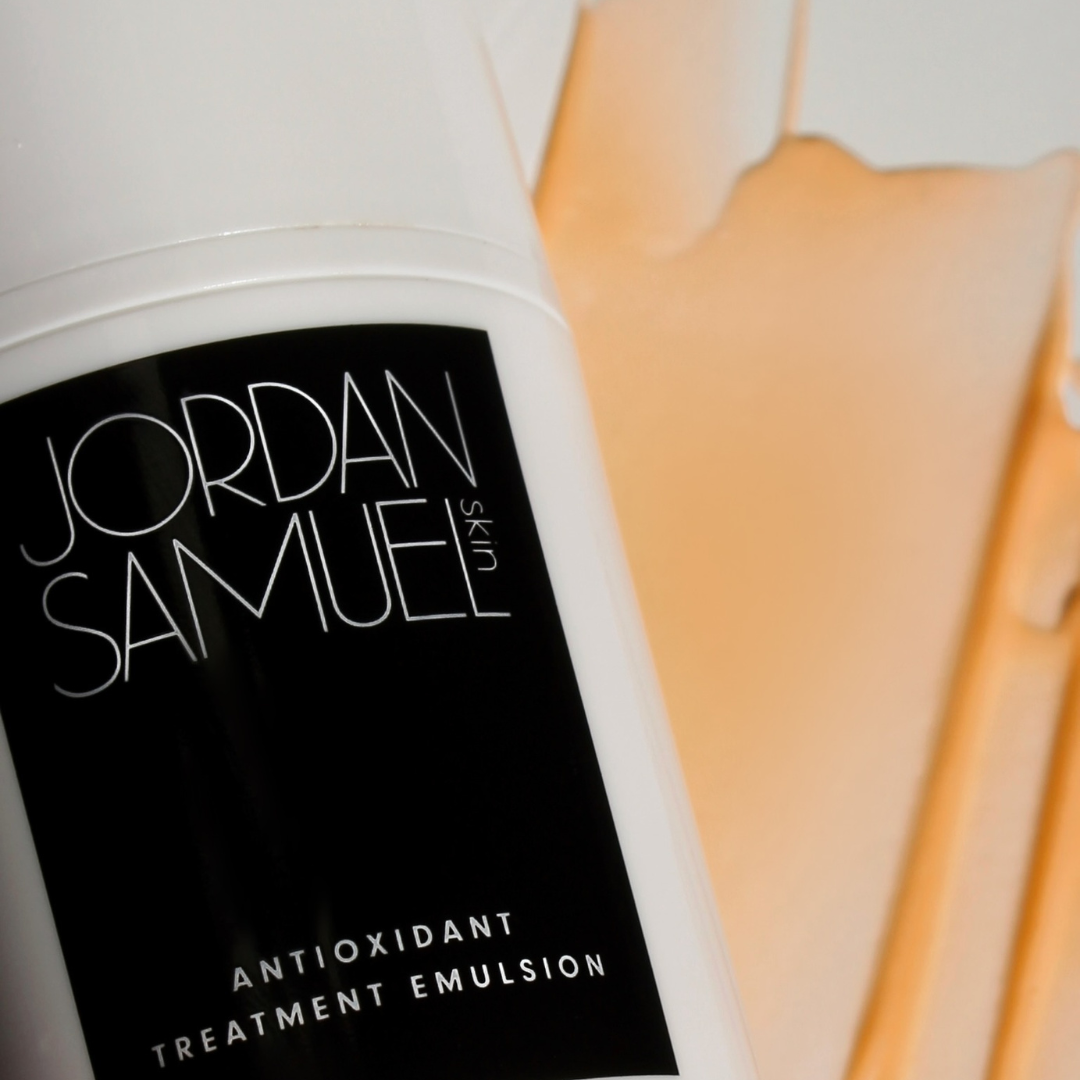At long last, the skin barrier is getting the respect it deserves. After many years of brands competing in an arms race to offer the strongest, most concentrated acids and retinols, a gentler approach has made a triumphant return to skincare discourse. As the kids say: nature is healing. Do the kids still say that?
The uptick in skin barrier awareness arose from life in a pandemic—friction and irritation from face masks, more scrutiny over our skin after spending hours looking at our faces on Zoom, and enterprising skin enthusiasts with a do-it-yourself attitude to chemical peels. Yes, seriously! Google Trends saw a significant increase in searches for at-home peels in the first couple months of the pandemic. With nowhere to go and time on their hands, people wanted to try experimenting with skincare.
And their barriers paid the price.
What's a Skin Barrier?
The barrier comprises the top layer of your skin—the stratum corneum—which itself is made up of old, dead skin cells called corneocytes and a combination of lipids (ceramides and cholesterol) and amino acids that form the acid mantle. Think of skin's structure like a brick wall, where the bricks are the corneocytes and the lipid-based acid mantle is the mortar holding it all together. This brick and mortar wall, or semi-permeable skin barrier, serves as a protective shield between you and your environment, forming your first line of defense against irritants, microbial contaminants and moisture loss. Basically, it keeps the good stuff in and bad stuff out!
How a Barrier Gets Busted
Sometimes a brick wall starts to crumble. The mortar deteriorates, leaving chips and holes behind that threaten the integrity of the whole structure. The same holds true for the brick and mortar structure of the skin. We lose our mortar-like lipids for a variety of reasons:
- The most common culprit is overuse of "actives" in skincare, such as retinols and exfoliating acids.
- Age-related lipid loss. As we grow older our skin slows down in a couple of key ways. It produces fewer oils, meaning less mortar for that brick and mortar barrier. Cellular turnover also declines, which means your skin isn't replacing its "bricks" (corneocytes) as frequently, either.
- Strain from environmental and lifestyle factors, such as dry climates, long hot showers, or hormonal/medical causes of dryness.
It's tempting to pin the blame on just one culprit. But with so many moving variables like weather, hormones, and habits, that's rarely the case. There's almost always a combination of causes at play.
No matter how you lose the lipids, the results are the same—the barrier becomes much more permeable and prone to sensitivity or moisture loss. If you suspect your barrier is compromised, look out for some key indicators:
- heat—does your skin feel warm to the touch?
- dryness
- flaking or peeling
- stinging sensation
- small bumps
- redness—on deeper skin tones, this can present as a purple hue, or may not factor in at all.
We Can Rebuild
The good news is, with some patience, you can repair that protective wall and restore your barrier! If your skin barrier is feeling compromised, experiment with the following tips:
Ease off actives and don't over-exfoliate. In fact, your skin may need a total break!- And remember, after taking a break, it can several months for your skin to rebuild its tolerance to active skincare ingredients. So, once symptoms of dryness and irritation subside, reintroduce actives like retinol, acids and other exfoliants slowly and incrementally.
- Level up: Apply a humectant-rich product, like Hydrate Facial Serum or Hydrate the Mist, to damp skin directly before your moisturizer to maximize hydration.
- Avoid exposing bare skin to wind.
- Avoid extreme temperatures—don't sit too close to radiators and keep showers short and tepid.
- Add a humidifier to your space.
Now that we've covered some skin barrier basics, it's obvious why it should be—and quite frankly, a relief that it finally is—garnering some major respect. After all, it serves an extremely important function. I don't know about you, but I'm all about respecting boundaries, and when it comes to skin, that means keeping moisture in and environmental contaminants out. Though curiosity or boredom may have gotten the best of many of our barriers during the pandemic with overly complex, experimental routines and at-home peels, all is not lost. By taking a break from actives, reintroducing them slowly and incrementally, replenishing lipid stores with emollient products, and keeping our environments both humid and temperate restoration of a healthy barrier is possible. Here's to keeping our skin bouncy, juicy and plump!
Xo,
Jordan
If you would like to read more content like this, delivered directly to your inbox, sign up for our email newsletter by clicking here.
- New email subscribers receive will receive 15% off their next order on www.jordansamuelskin.com!







